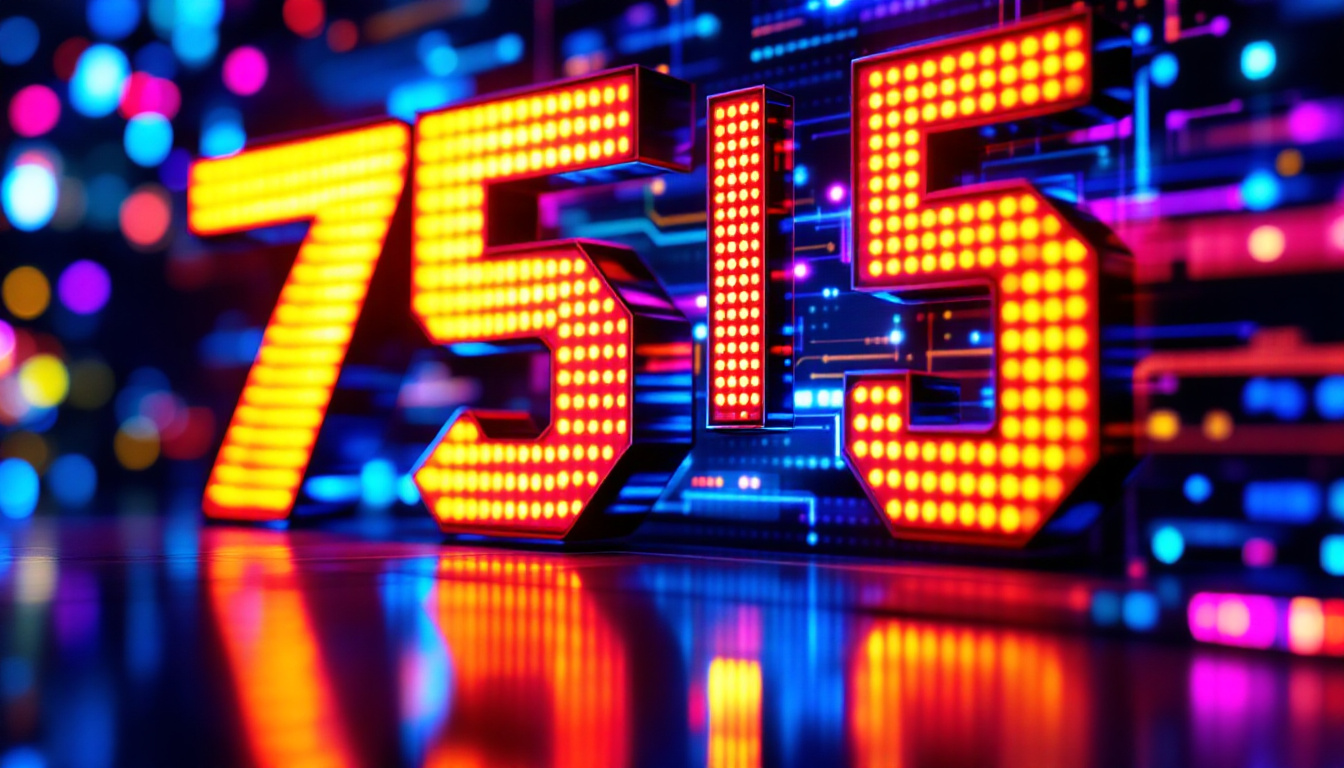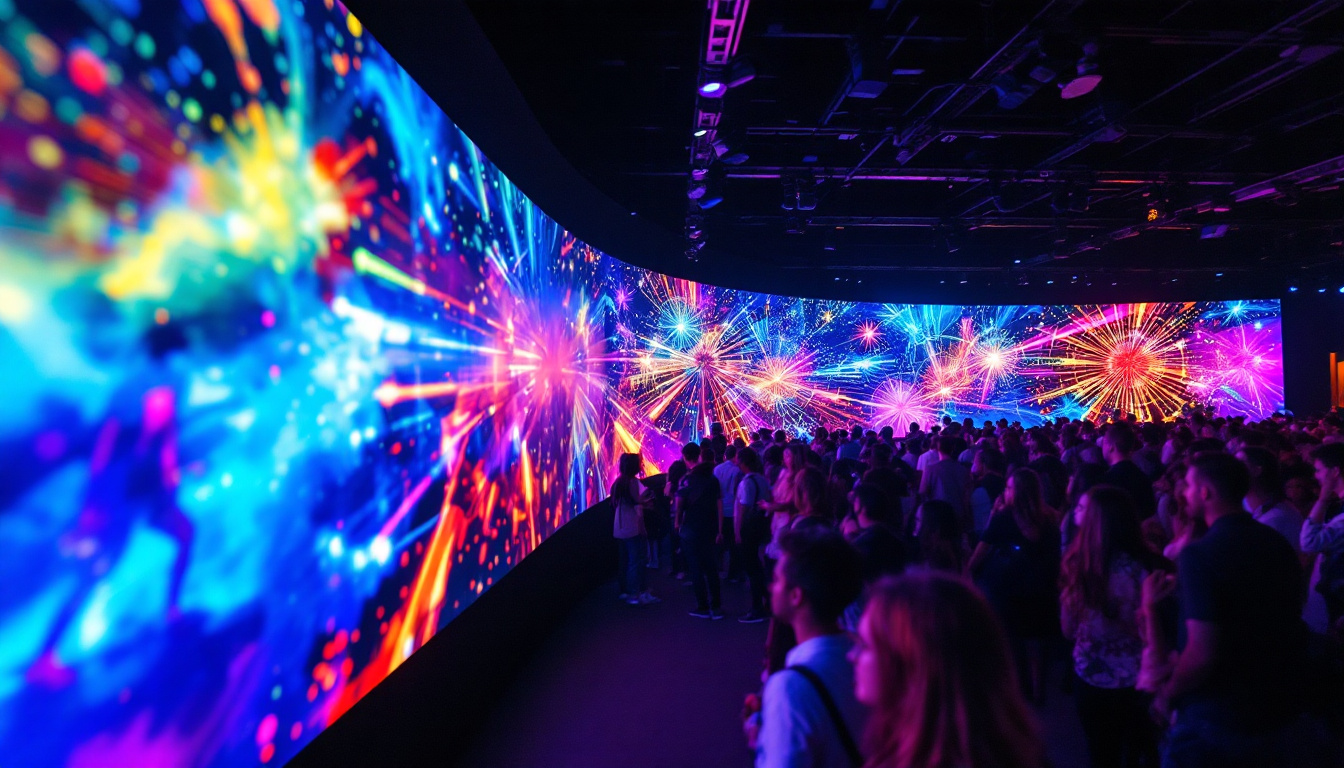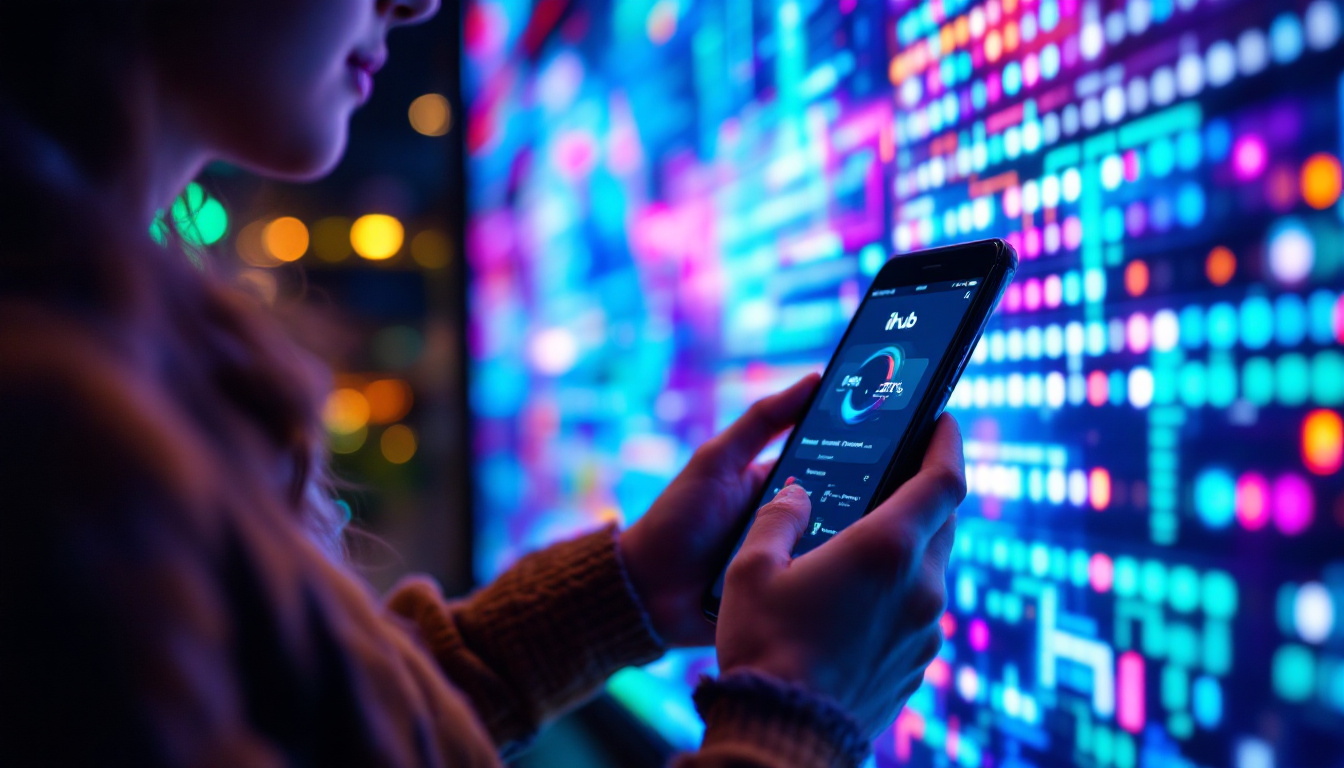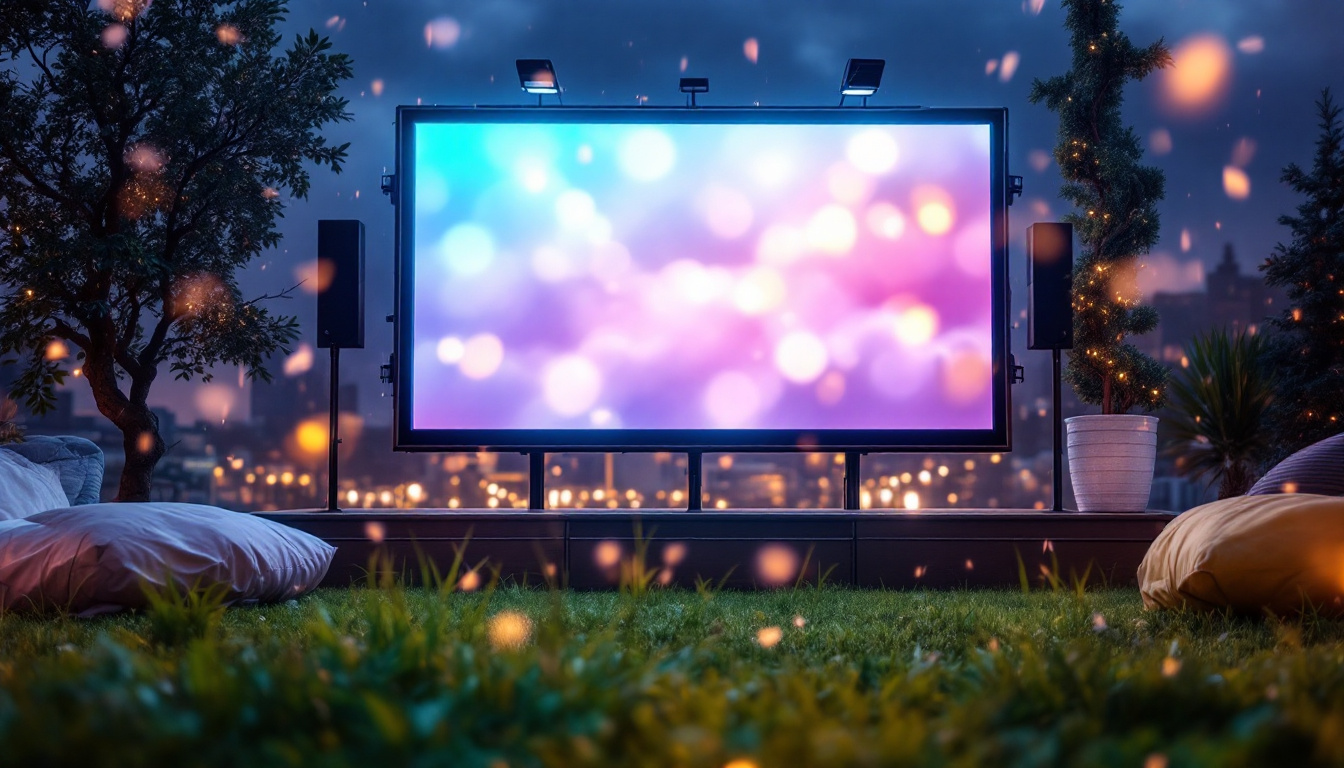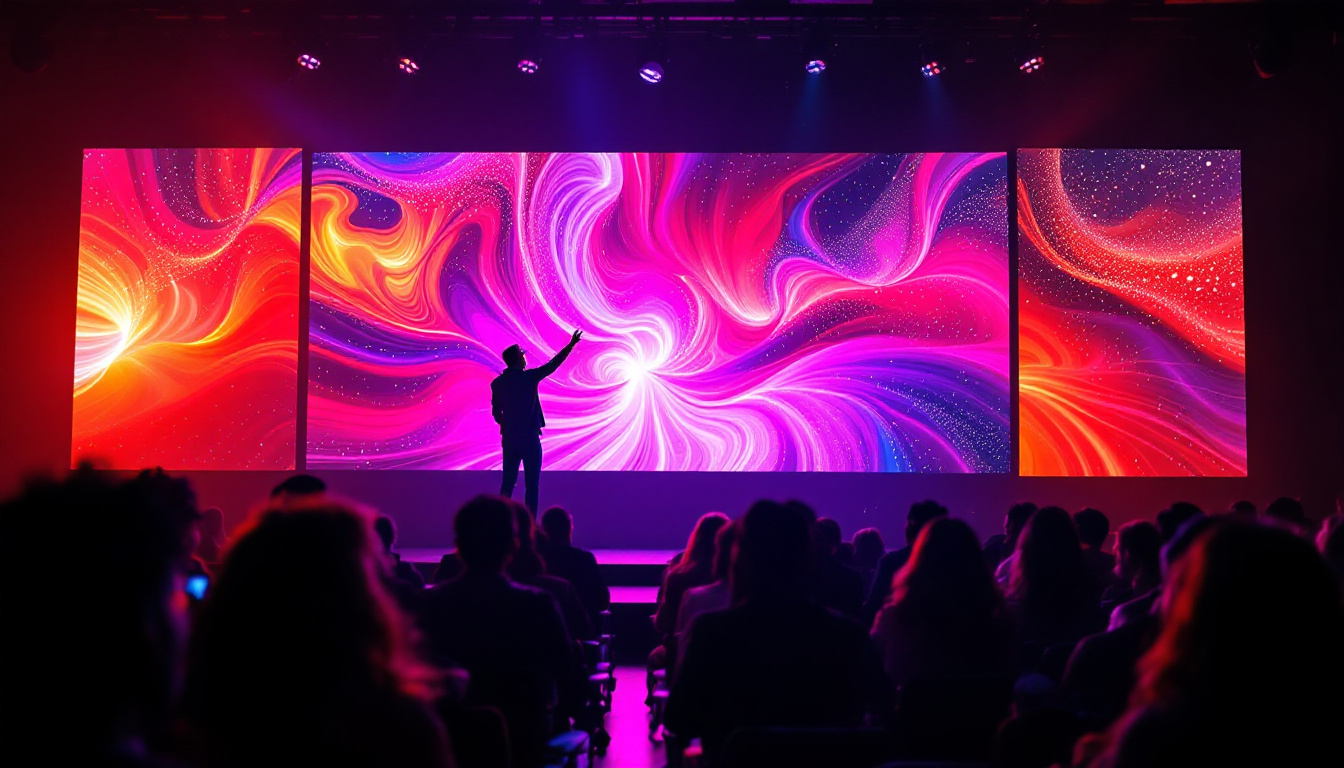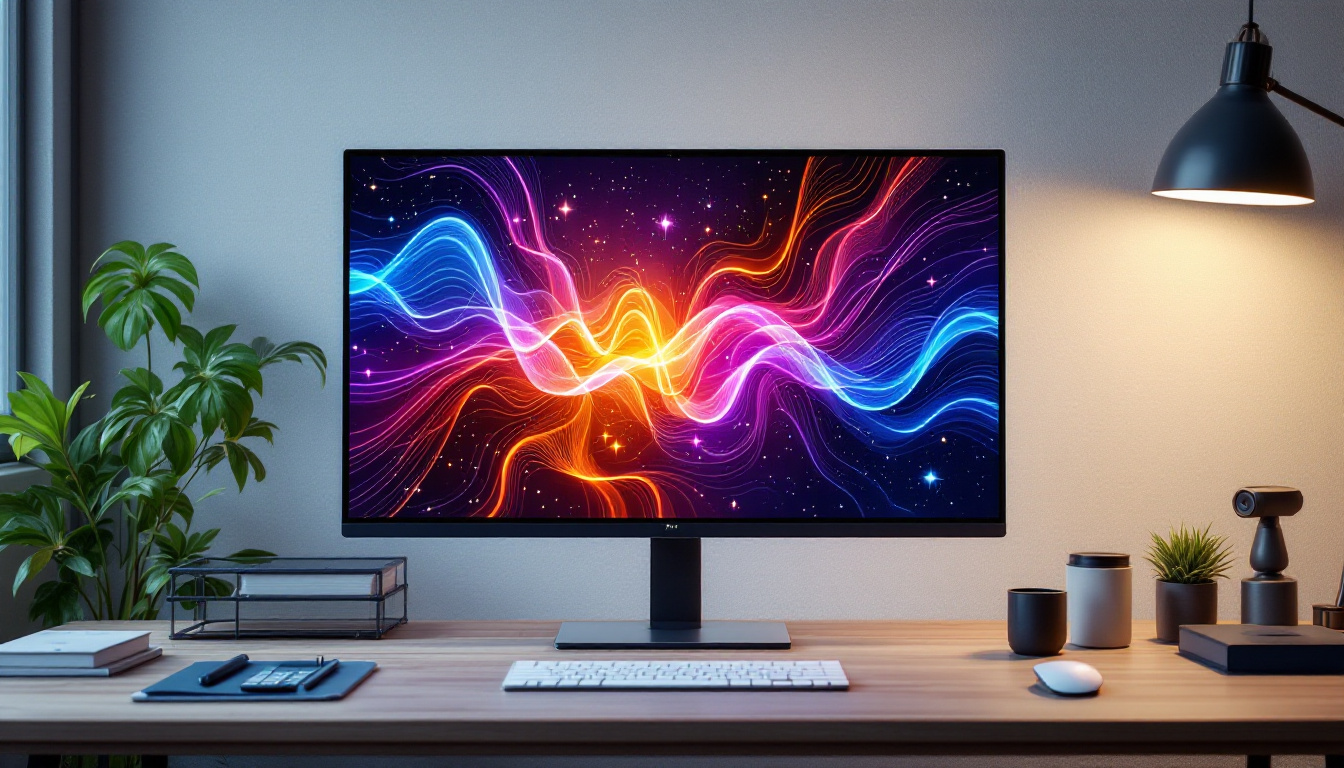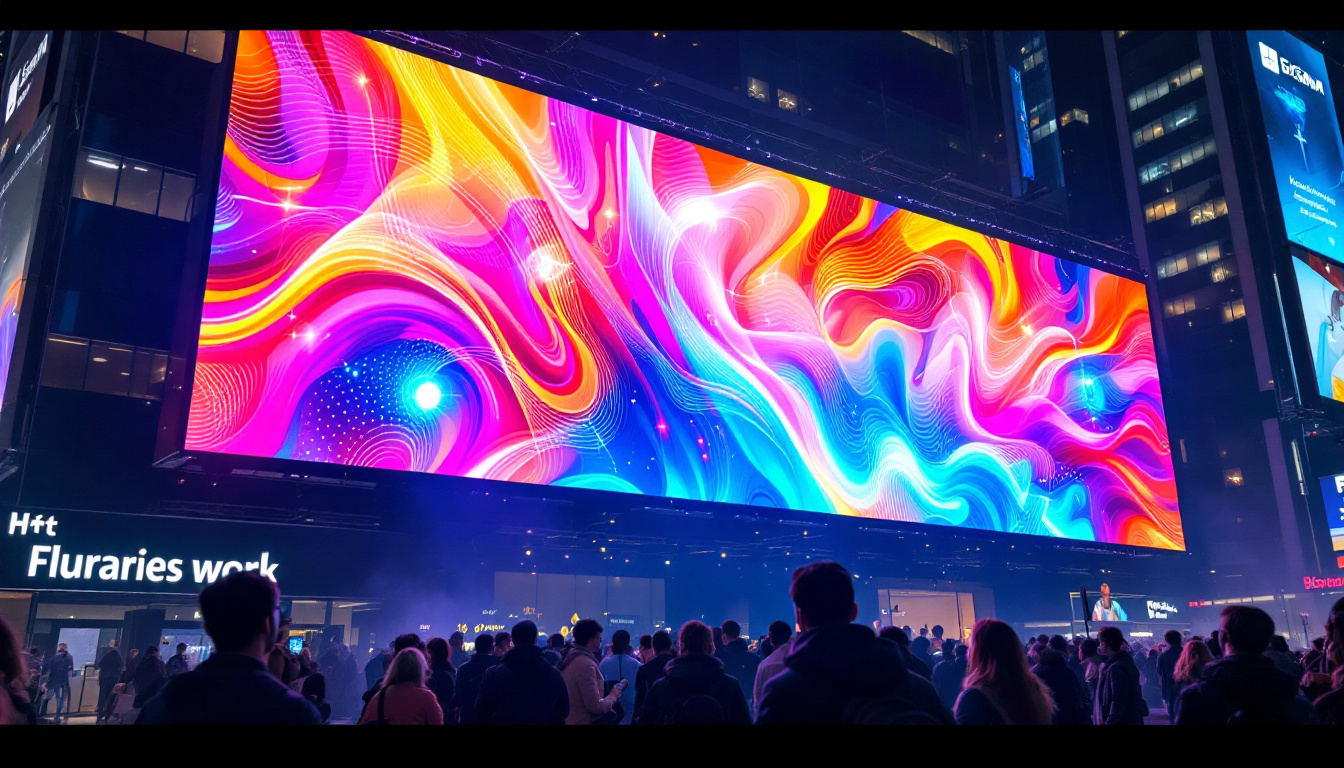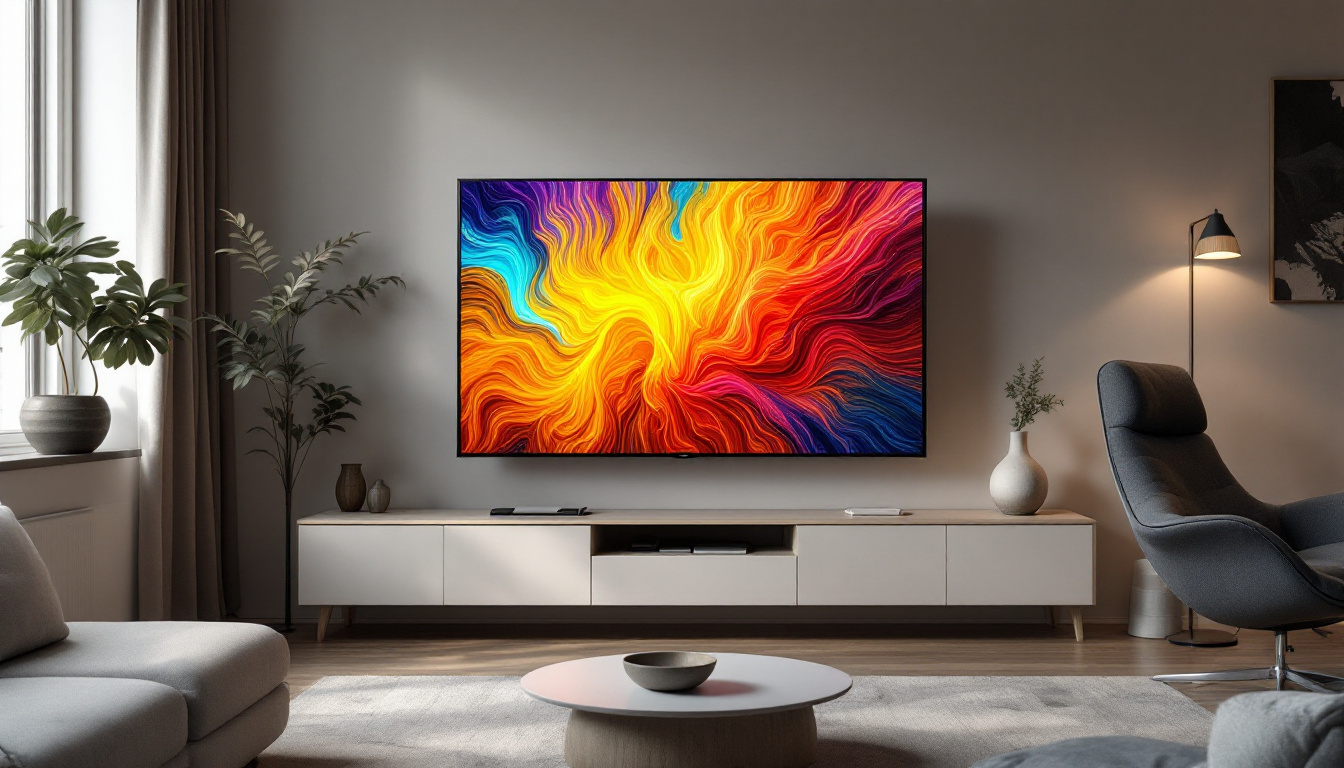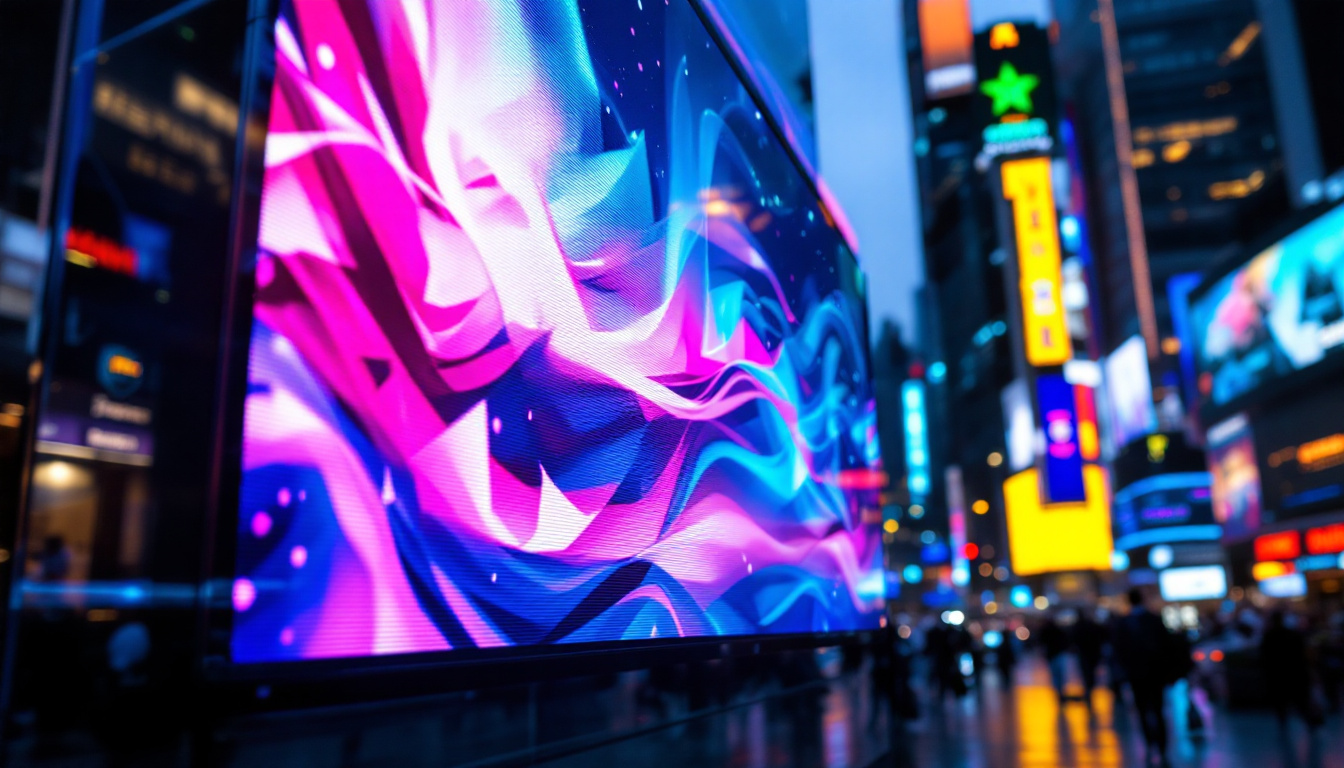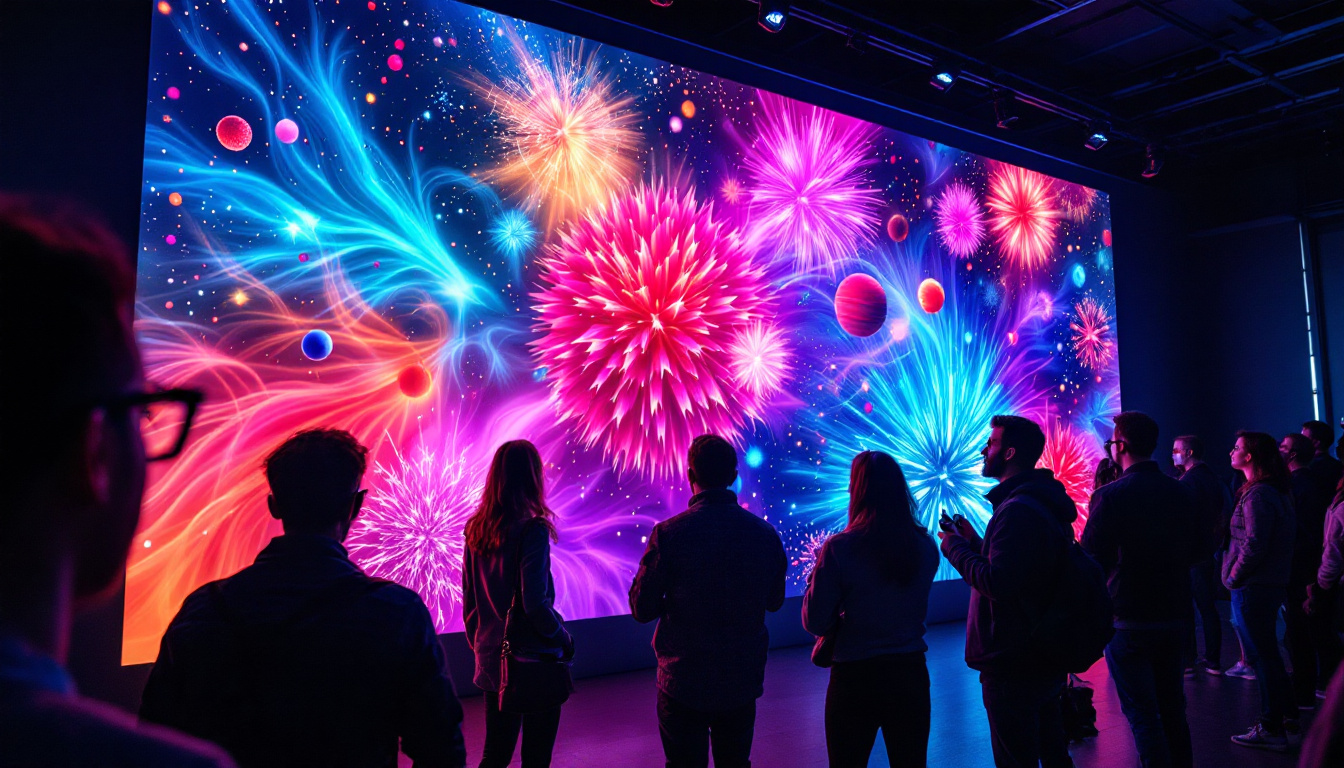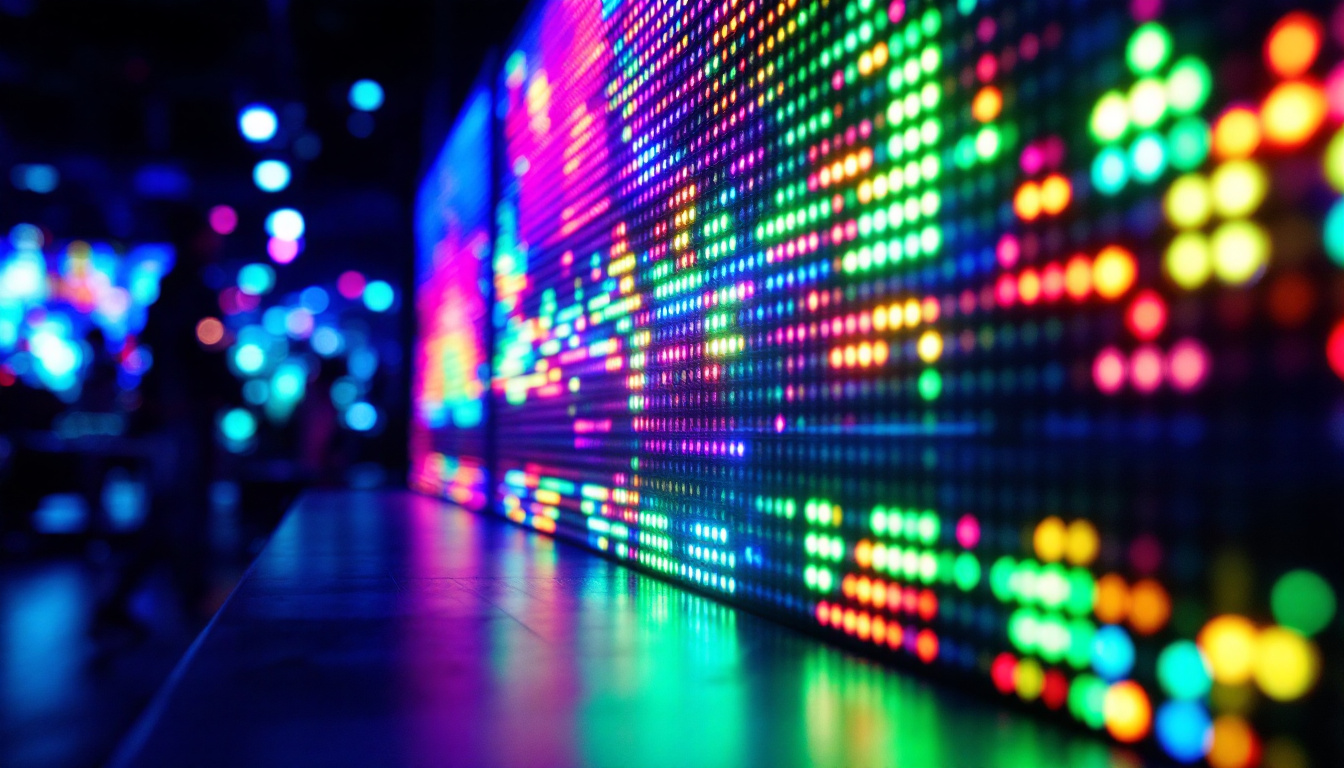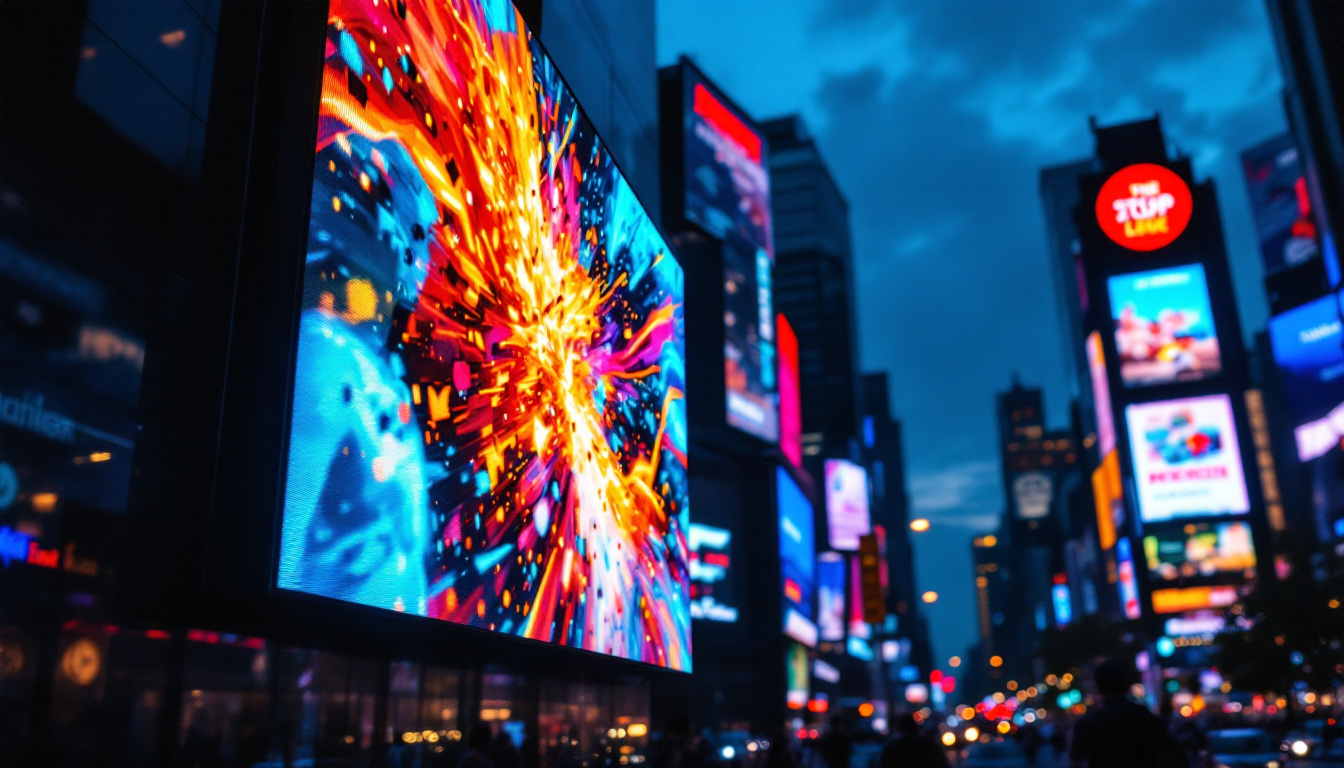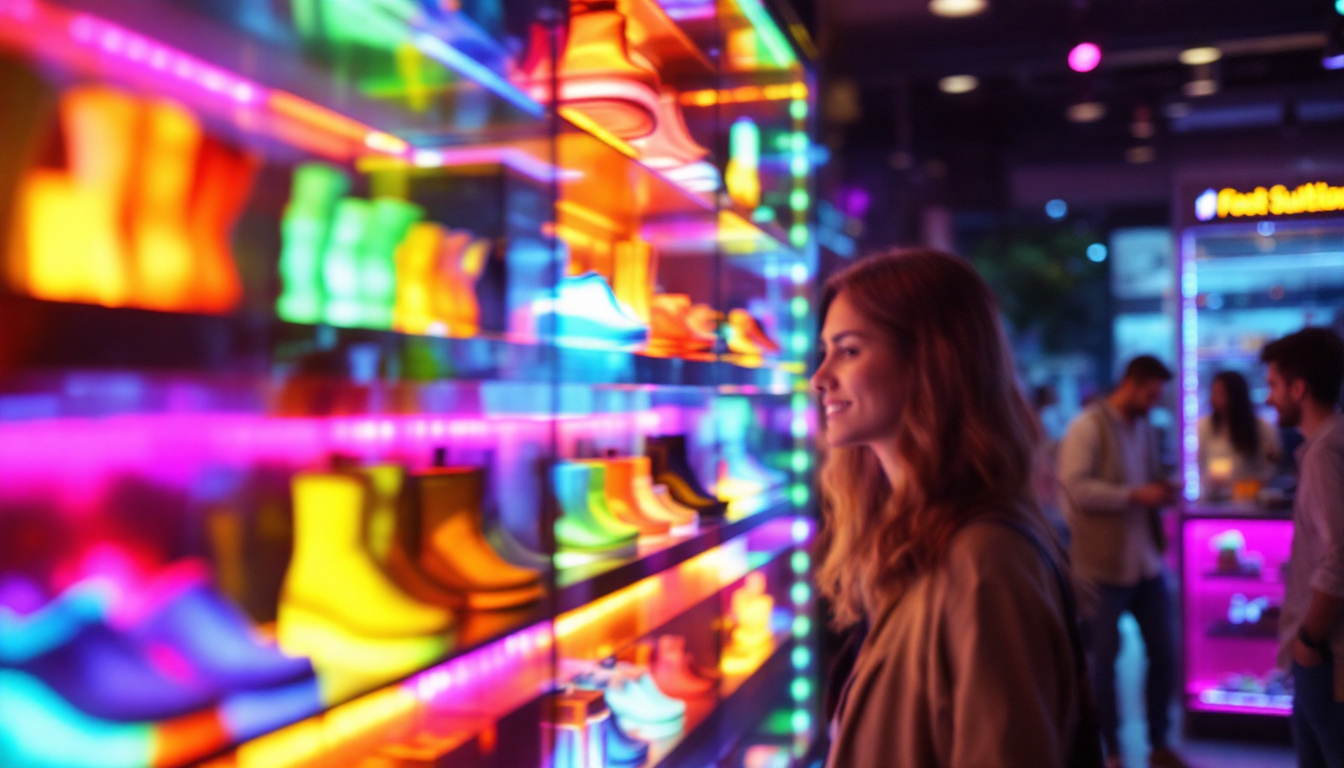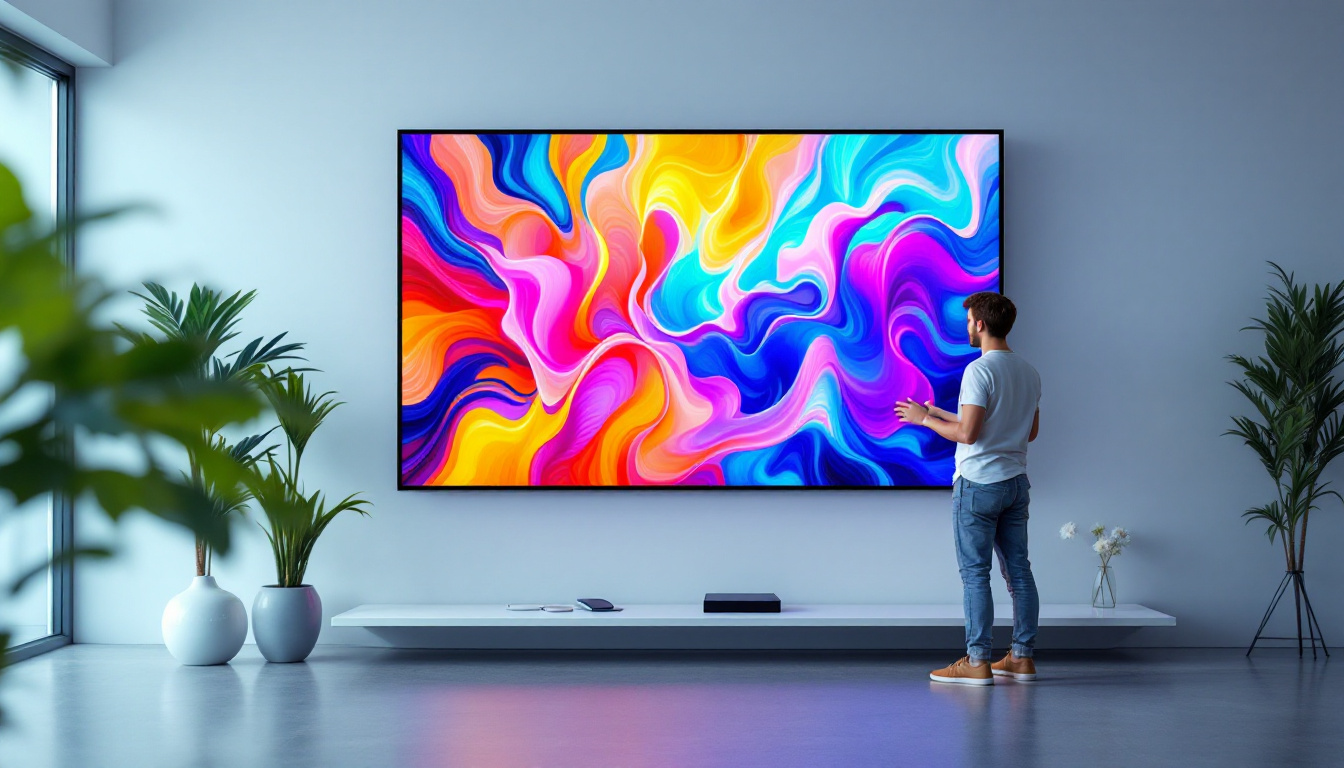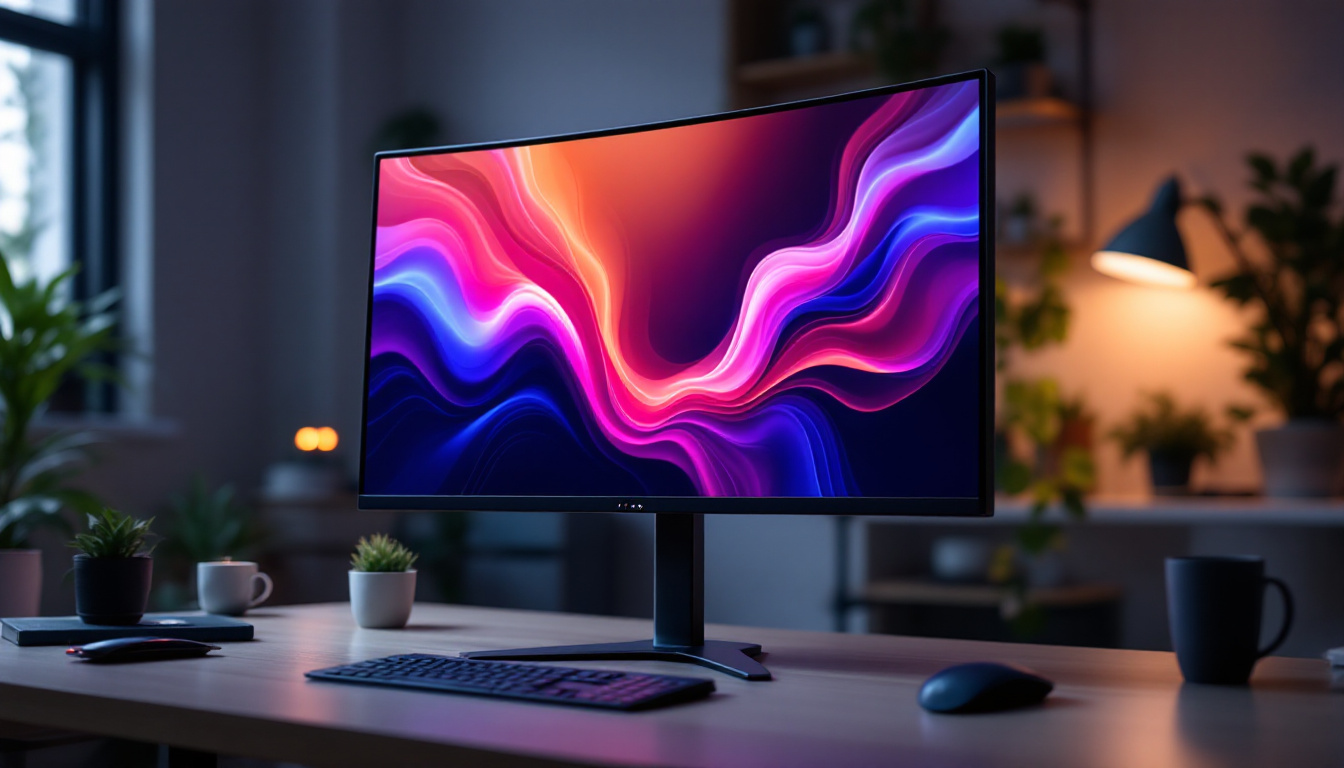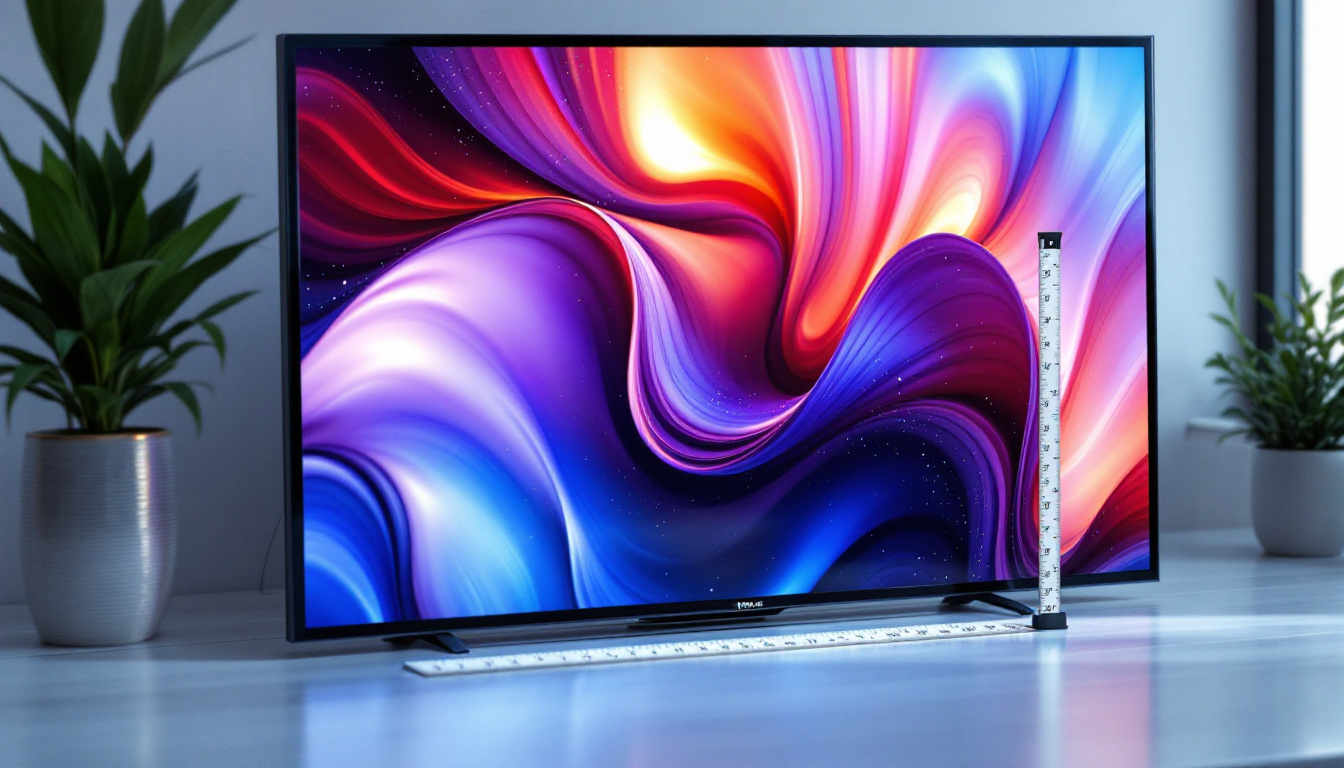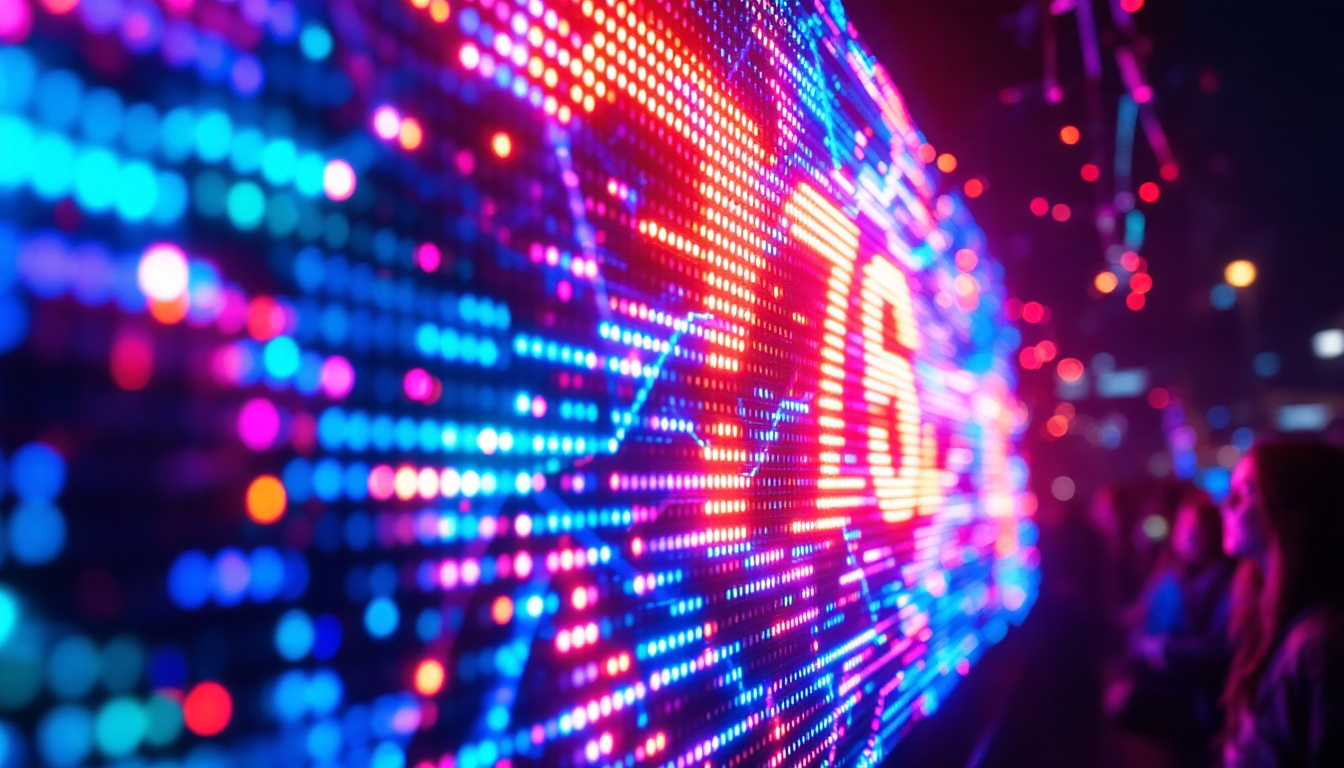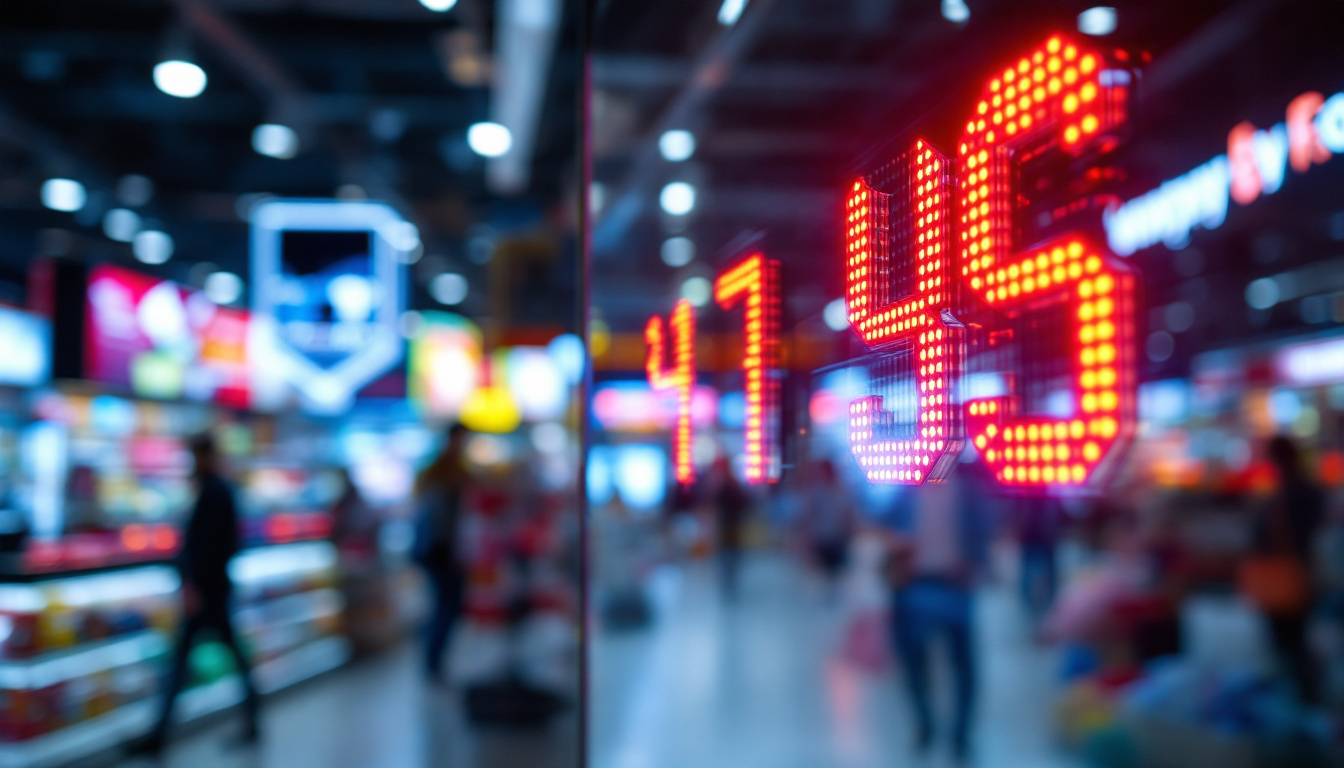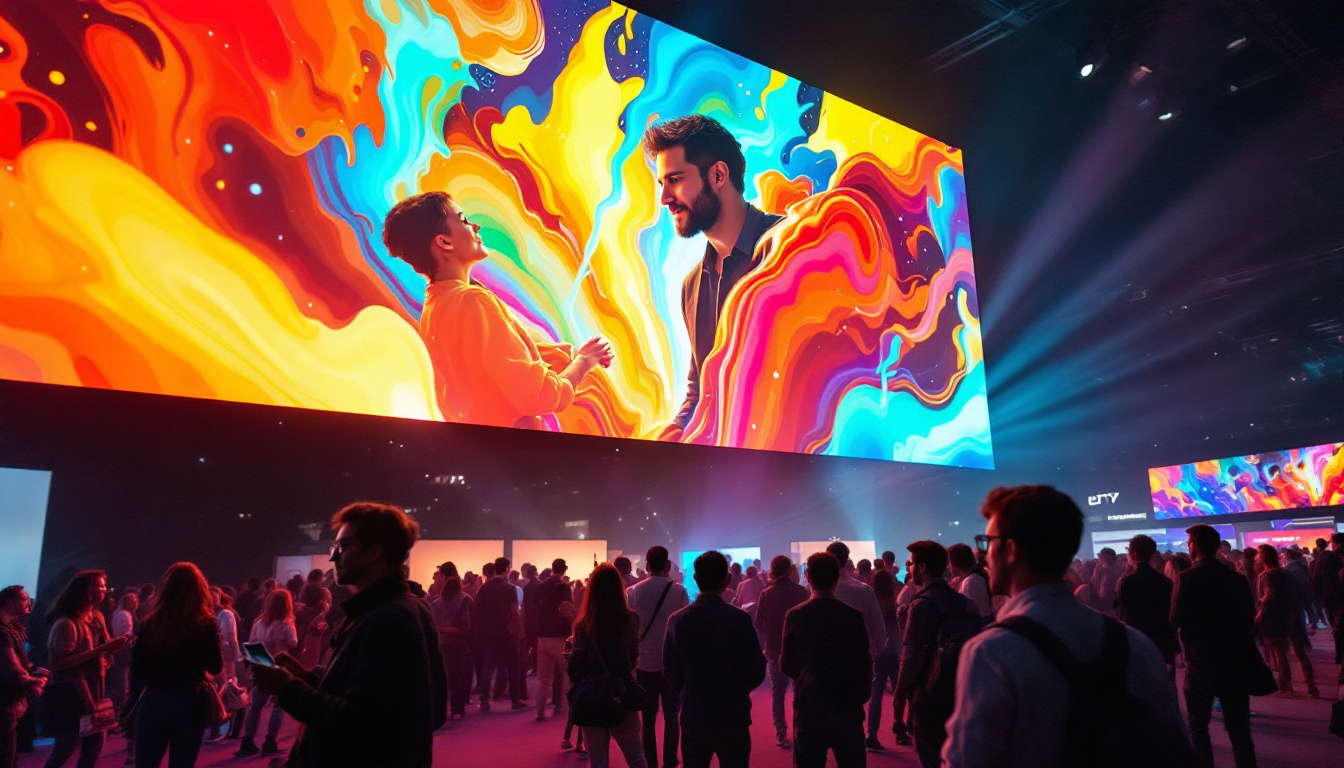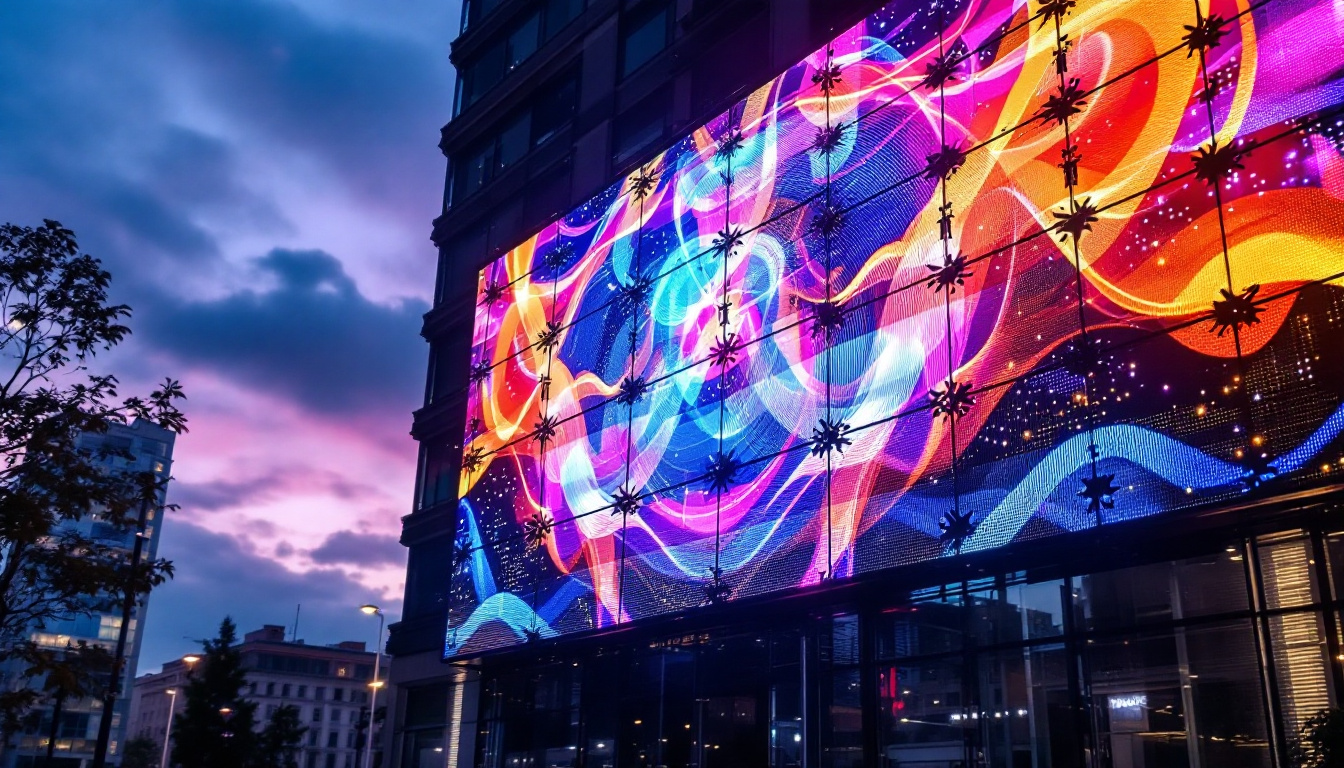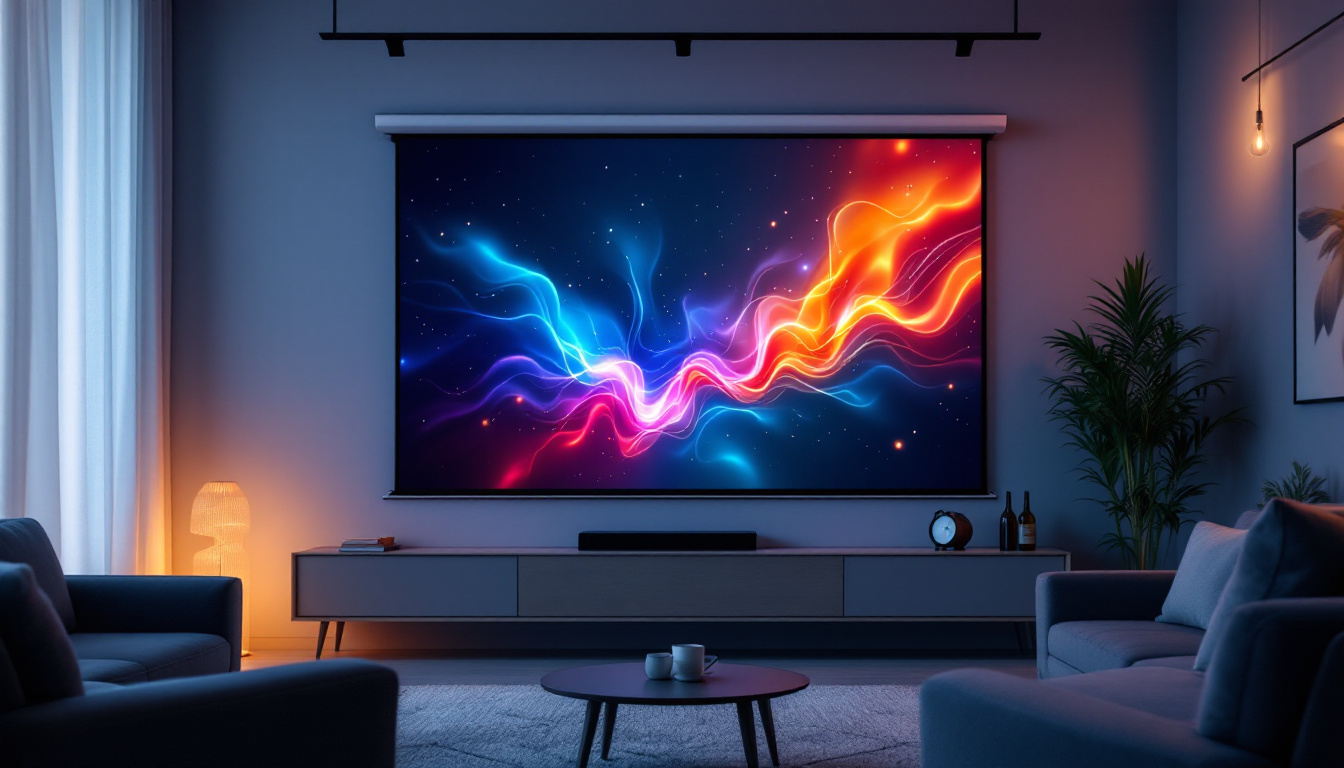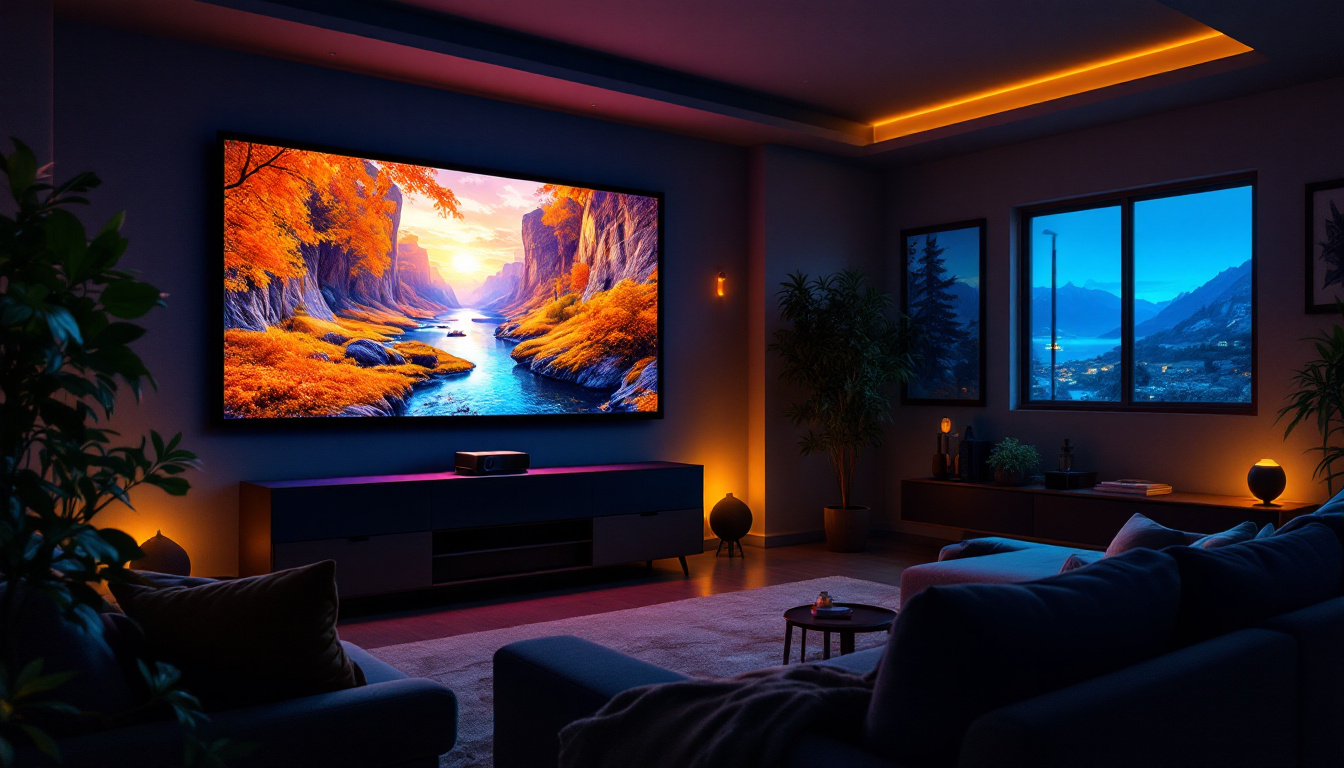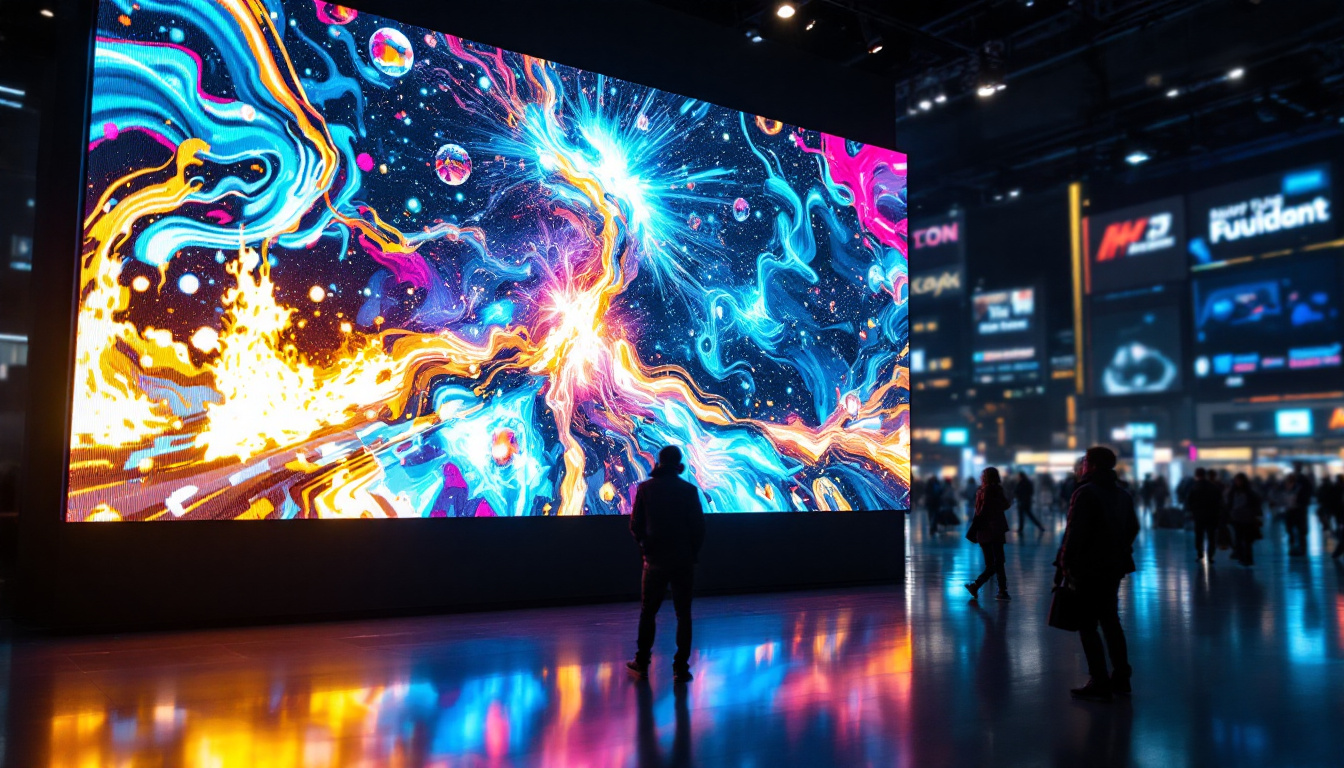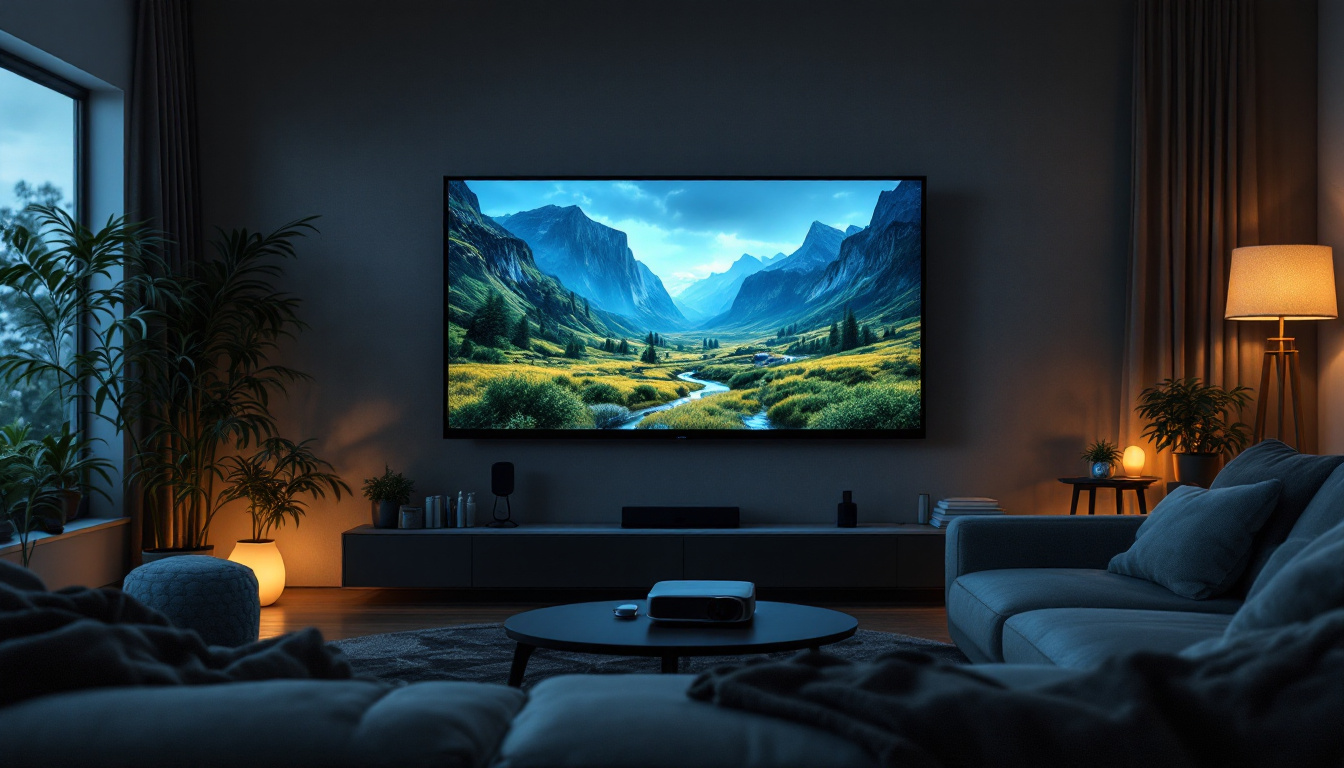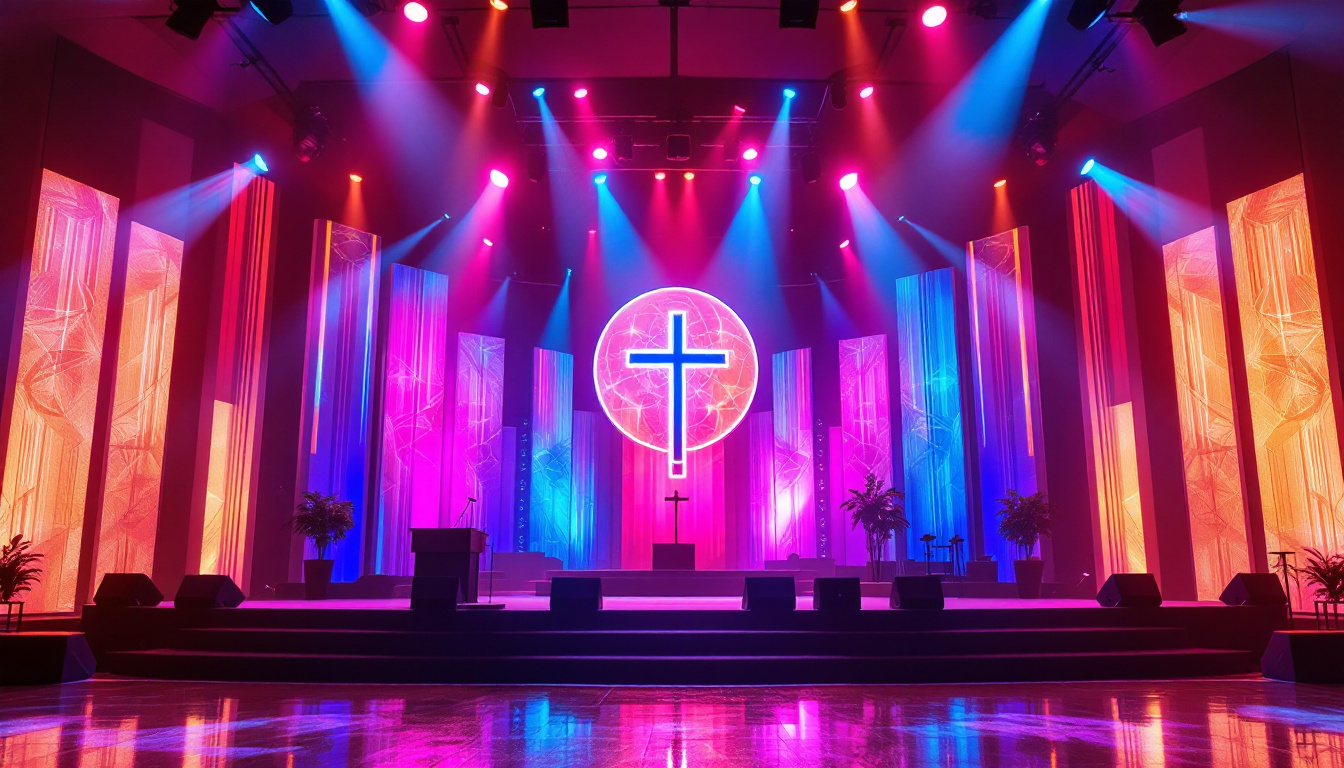The world of display technology has evolved significantly over the years, leading to a variety of options available for consumers and businesses alike. Among these, LED displays stand out for their versatility, brightness, and energy efficiency. This article delves into the specifics of LED displays, particularly focusing on the 75 x 1.5 configuration, exploring its applications, benefits, and technical specifications.
Understanding LED Displays
LED displays utilize light-emitting diodes (LEDs) to produce images and videos. These diodes are semiconductor devices that emit light when an electric current passes through them. The technology has become increasingly popular due to its ability to deliver high-quality visuals while consuming less energy compared to traditional display technologies. Furthermore, LED displays are known for their longevity, often lasting tens of thousands of hours, which makes them a cost-effective solution for both consumers and businesses alike.
Types of LED Displays
LED displays come in various types, each suited for different applications. The most common types include:
- Direct View LED: These displays consist of individual LED modules that create an image directly. They are often used for large outdoor screens, such as billboards and stadium displays. Their brightness and visibility in direct sunlight make them ideal for advertising and public announcements.
- LED Backlit LCD: In this configuration, LEDs are used to illuminate an LCD panel from behind, enhancing brightness and color accuracy. This type is prevalent in televisions and computer monitors. The backlighting improves contrast ratios and allows for thinner designs, making modern TVs sleeker and more stylish.
- Organic LED (OLED): OLED displays use organic compounds that emit light when an electric current is applied. They offer superior contrast and color depth, making them ideal for high-end televisions and mobile devices. Additionally, OLED technology allows for flexible displays, which can be curved or even rolled, paving the way for innovative designs in the future.
How LED Displays Work
At their core, LED displays operate on a simple principle: the emission of light from diodes. Each pixel in an LED display is made up of red, green, and blue (RGB) subpixels. By adjusting the intensity of each subpixel, a wide range of colors can be produced. This RGB combination allows for the creation of vibrant images and videos. The precision in color mixing is so advanced that LED displays can reproduce colors that are closer to what the human eye perceives, making them suitable for professional applications like graphic design and video editing.
In a typical LED display, a controller processes the input signal and determines how each pixel should be illuminated. This rapid switching of pixels enables the display to show dynamic content, such as videos and animations, with remarkable clarity. The technology also supports high refresh rates, which is particularly beneficial for fast-paced content like sports and gaming. As a result, viewers experience smooth motion without blurring, enhancing the overall viewing experience.
Moreover, advancements in LED technology have led to the development of features such as HDR (High Dynamic Range), which allows for a greater range of brightness and contrast. This results in more lifelike images, where shadows appear deeper and highlights shine brighter. As manufacturers continue to innovate, we can expect even more enhancements in LED display technology, including better energy efficiency and improved color accuracy, solidifying their place as the preferred choice for visual displays across various industries.
The 75 x 1.5 Configuration
The term “75 x 1.5” refers to a specific configuration of an LED display, typically indicating its dimensions and aspect ratio. In this case, the display is 75 inches wide and 1.5 inches tall, making it a narrow and wide format. This configuration is particularly useful for applications where space is limited, yet high visibility is required. The unique proportions of the 75 x 1.5 display allow it to serve as an eye-catching focal point in various environments, drawing attention without overwhelming the surrounding space.
In addition to its practical applications, the 75 x 1.5 configuration can also enhance the aesthetic appeal of a location. The sleek, modern design of these displays can complement contemporary architecture and interior design, making them a popular choice for businesses looking to create a stylish atmosphere. Furthermore, the ability to customize the content displayed allows for dynamic branding opportunities, enabling companies to showcase their identity in a visually striking manner.
Applications of 75 x 1.5 LED Displays
The 75 x 1.5 LED display configuration is ideal for various applications, including:
- Digital Signage: Businesses often use these displays for advertising and promotional content. Their slim profile allows them to fit into tight spaces, such as above checkout counters or in narrow hallways. This versatility means that retailers can continuously update their messaging to reflect current promotions or new product launches, keeping the content fresh and engaging for customers.
- Event Venues: Concerts, conferences, and sporting events can benefit from these displays, providing real-time information and entertainment to attendees. The ability to display live feeds, scores, or event schedules enhances the overall experience for visitors, making them feel more connected and informed throughout the event.
- Transportation Hubs: Airports and train stations utilize this configuration for displaying schedules, directions, and important announcements, ensuring that travelers receive timely information. The strategic placement of these displays can significantly reduce confusion and improve the flow of foot traffic, contributing to a more efficient travel experience.
Advantages of 75 x 1.5 LED Displays
Choosing a 75 x 1.5 LED display comes with several advantages:
- Space Efficiency: The narrow design allows for installation in areas where traditional displays would not fit, maximizing the use of available space. This makes them particularly valuable in urban environments where real estate is at a premium.
- High Visibility: With their bright output and high contrast, these displays are easily readable from a distance, making them perfect for public spaces. The clarity of the visuals ensures that messages are conveyed effectively, even in bustling environments.
- Energy Efficiency: LED technology consumes less power than traditional display technologies, leading to lower operational costs over time. This not only benefits the environment but also appeals to businesses looking to reduce their carbon footprint and operational expenses.
Moreover, the longevity of LED technology means that these displays require less frequent replacements, further contributing to cost savings. With advancements in LED technology, the 75 x 1.5 displays can also offer enhanced features such as touch interactivity or integration with mobile applications, allowing for a more engaging user experience. As technology continues to evolve, the potential applications and benefits of these displays are likely to expand, making them an increasingly valuable asset for businesses and organizations alike.
Technical Specifications
Understanding the technical specifications of a 75 x 1.5 LED display is crucial for evaluating its performance and suitability for specific applications. Key specifications include:
Resolution
The resolution of an LED display is a critical factor that determines the clarity of the images it produces. For a 75 x 1.5 display, the resolution can vary, but common configurations include Full HD (1920 x 1080) or 4K (3840 x 2160). Higher resolutions provide more detail, making them ideal for displaying intricate graphics or text.
Brightness
Brightness is measured in nits, with higher values indicating a brighter display. A typical 75 x 1.5 LED display might range from 500 to 2000 nits, depending on its intended use. Displays intended for outdoor use generally have higher brightness levels to combat sunlight, while indoor displays may require less brightness.
Viewing Angle
The viewing angle of an LED display indicates how far off-axis viewers can be while still perceiving the content clearly. A wide viewing angle is essential for displays used in public spaces, ensuring that everyone can see the content without distortion. Many modern LED displays offer viewing angles of up to 160 degrees.
Installation and Maintenance
Installing a 75 x 1.5 LED display requires careful planning and consideration of various factors, including location, mounting options, and power supply. Proper installation ensures optimal performance and longevity of the display.
Installation Considerations
When installing an LED display, several factors must be taken into account:
- Location: The chosen location should provide adequate visibility and accessibility for both users and maintenance personnel.
- Mounting Options: Displays can be mounted on walls, suspended from ceilings, or placed on stands. The mounting method should support the display’s weight and allow for proper ventilation.
- Power Supply: Ensuring a reliable power source is crucial for the display’s operation. It is essential to follow electrical codes and regulations during installation.
Maintenance Tips
Regular maintenance is vital to ensure the longevity and performance of an LED display. Some maintenance tips include:
- Cleaning: Dust and debris can accumulate on the display surface, affecting visibility. Regular cleaning with appropriate materials is recommended.
- Software Updates: Keeping the display’s software up to date ensures optimal performance and security.
- Inspection: Routine inspections for any signs of wear or malfunction can help identify issues before they become significant problems.
Future Trends in LED Display Technology
The LED display industry is continually evolving, with new technologies and trends emerging to enhance performance and user experience. Some notable trends include:
Advancements in MicroLED Technology
MicroLED technology represents a significant leap forward in display performance. This technology utilizes microscopic LEDs to create images, offering improved brightness, contrast, and energy efficiency. MicroLED displays are expected to become more prevalent in various applications, from consumer electronics to large-scale installations.
Integration with Smart Technology
As the Internet of Things (IoT) continues to grow, LED displays are increasingly being integrated with smart technology. This integration allows for real-time data feeds, remote management, and enhanced interactivity, making displays more versatile and user-friendly.
Sustainability Initiatives
With a growing emphasis on sustainability, manufacturers are focusing on creating eco-friendly LED displays. This includes using recyclable materials, reducing energy consumption, and implementing sustainable manufacturing practices. As consumers become more environmentally conscious, these initiatives are likely to influence purchasing decisions.
Conclusion
The 75 x 1.5 LED display configuration offers a unique blend of versatility and performance, making it an excellent choice for various applications. Its advantages, including space efficiency, high visibility, and energy savings, position it as a leading option in the display technology market. As advancements continue to shape the industry, the future of LED displays looks promising, paving the way for innovative applications and enhanced user experiences.
Whether for digital signage, event venues, or transportation hubs, understanding the features and benefits of LED displays is essential for making informed decisions. As technology progresses, staying updated on trends and innovations will ensure that users can leverage the full potential of LED display technology.
Discover LumenMatrix LED Display Solutions
Ready to elevate your visual display capabilities? Explore the innovative world of LumenMatrix, where cutting-edge LED display technology meets creative design. From vibrant Indoor LED Walls to dynamic Outdoor LED Displays, and from sleek LED Posters to immersive LED Sports Displays, LumenMatrix offers a comprehensive range of solutions tailored to your needs. Embrace the future of visual communication with our Custom LED Displays and All-in-One LED solutions that promise to captivate your audience and amplify your message. Experience the difference with LumenMatrix and transform your space into a visual spectacle. Check out LumenMatrix LED Display Solutions today and see your vision come to life.

